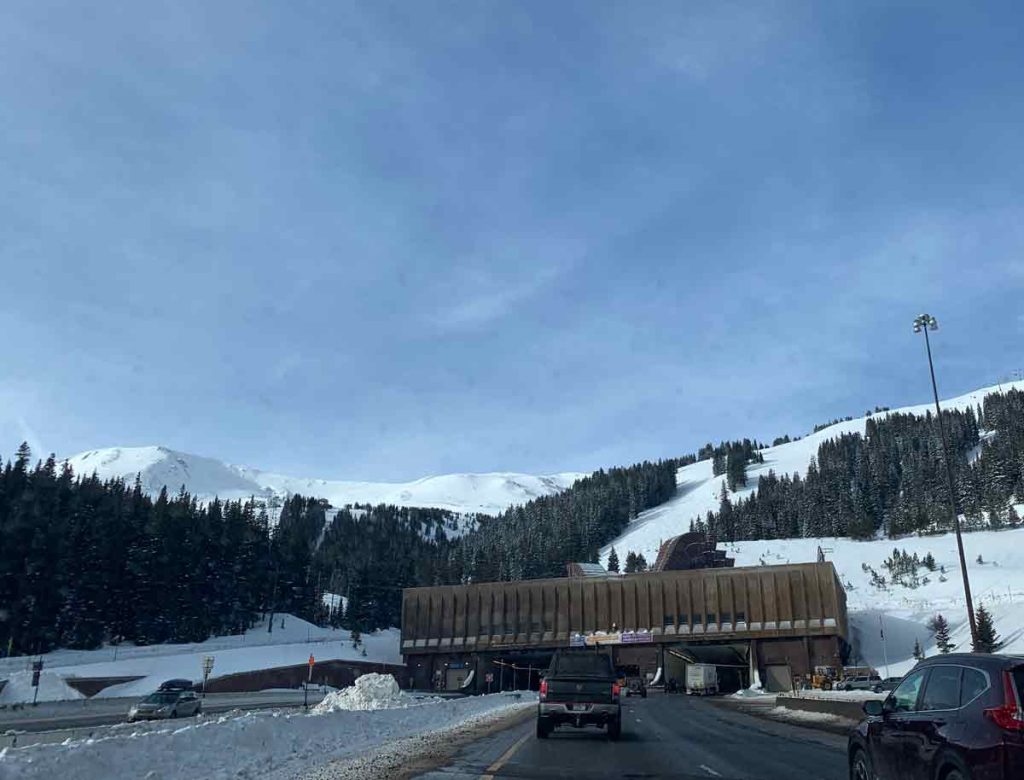How to Drive in Snow? (Ultimate Guide and Tips)
Last Updated on February 28, 2023 by Molly Egan

Driving on snow-covered roads on a blue sky and a sunny day or during a snowstorm can be two very different experiences. Don’t panic; enjoy the beauty of the cold weather!
Driving in snowy conditions can be challenging and requires extra caution and preparation. Safe driving is critical! What are some tips for driving in snow? Read below for how to drive in snow!

Here are 8 tips for how to drive in snow:
Check your car’s condition: Make sure your vehicle is ready for snow driving by checking your tires, brakes, battery, windshield wipers, and fluid levels. Use winter tires or chains for better traction.
Clear snow from the car: Remove snow from the roof, windows, lights, and mirrors with an ice scraper. Make sure you have good visibility.
Slow down: Reduce your speed and increase your following distance to avoid accidents. Be mindful of your speed and maintain a safe speed for the conditions, even if it means driving slower than the posted speed limit.
Brake gently: Apply the brakes gently to avoid skidding. Use firm and continuous pressure on the pedal if your car has an anti-lock brake system (ABS). If not, pump the brakes gently.
Accelerate gradually: Avoid sudden acceleration that can cause your tires to spin on the snow or ice. Start slowly and gradually build up your speed.
Steer smoothly: Make gentle and smooth steering movements to avoid losing control of the car. Use a light grip on the steering wheel to maintain control.
Avoid sudden movements: Avoid sudden turns, stops, or lane changes that can cause your car to skid or lose traction.
Stay informed: Listen to weather reports and traffic updates about road closures, accidents, or other hazards.
Poor visibility is often an issue with driving in the snow. Winter driving in the snow and ice requires patience and caution. Avoid driving in winter weather – heavy snow or icy conditions if possible.

Are you asking yourself – that’s great, but what about ice? Driving in snow and ice is similar but different. So read below for driving tips.
What are five tips for driving on icy roads?
Drive slowly: Reduce your vehicle speed and leave plenty of room to stop on snowy and icy roads. It will give your vehicle more time to react and reduce the risk of skidding or losing control.
Winter snow tires on vehicle: Use winter snow tires with good tread depth to improve your car’s grip. It will provide additional traction and reduce the risk of your car sliding. Snow Chains are typically only for trucks, thanks to these tires.
Brake gradually: Use your brakes gently and gradually to slow down. It will help avoid sudden skidding or loss of traction.
Maintain a safe distance: Keep a safe following distance of at least 6 seconds between you and the car in front of you. It will give you more time to react – if you hit black ice – and reduce the risk of collisions. Keep your distance from other vehicles!
Use low gears: Use low gears to control your speed and engine power. It will help your car maintain traction control in slippery and extreme conditions. Be mindful of other drivers!
Driving on slippery roads requires extra caution and patience. Consider staying off the streets until the wintry conditions improve.
Lousy weather and slick roads can be scary. Stick to your intended path, use four-wheel drive, and remember the above tips!

Are you renting a car to drive in snow and ice?
Renting a car for Winter driving can make you anxious about the snowy roads. Read below on how to drive in snow and ice to feel most comfortable driving the vehicle!
When you first get in a new vehicle, check for tire pressure, ice scraper, spare tire, and aid kit. If you want to exercise the most caution, have a flashlight, blankets, tire chains, ice scraper, gloves, shovel, and snacks in your car.
How to Drive in Snow – Rental Car Must Have These Five Things:
All-wheel or 4-wheel drive
Winter Snow tires
Anti-lock braking system (ABS)
Traction control
Ground clearance
As a former city-slicker who didn’t use a car regularly – hello, public transportation! What does all that mean?
We break how to drive in snow down below so you can enjoy your Winter vacation.
How to Drive in Snow Pro-Tip: Test the vehicle’s ability in a safe space like an empty, snowy parking lot. Do donuts, test the brakes, and be familiar with how the car handles.

Need clothing for a ski trip, then check out the best here.
All-wheel or 4-wheel drive
Pick a vehicle with all-wheel drive (AWD) or 4-wheel drive (4WD) for better traction on snowy or icy roads. These systems distribute power to all four wheels, not just the front tires, providing better control in slippery conditions. Losing traction with a front-wheel drive vehicle is an issue.
Winter Snow Tires
Check if the rental car comes with winter tires designed for better traction in cold, snowy, and icy conditions. If not, consider renting them. Check that there is a spare tire.

Anti-lock braking – ABS system
Look for a rental car with anti-lock braking, which helps prevent the wheels from locking up when suddenly braking, allowing you to maintain control on slippery surfaces.
Traction control
Check if the rental car has a traction control system, which reduces wheel spin and improves traction on slippery roads.

Ground clearance
Look for a rental car with sufficient ground clearance to prevent the vehicle from getting stuck in deep snow or slush.
How to Drive in Snow Conclusion:
Do you feel that you know how to drive in the snow? I hope so. Remember, the snow-covered roads can be beautiful.
Be sure to slow down, brake slowly and gently, drive with your lights on, increase your following distance, and bring supplies.







